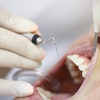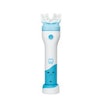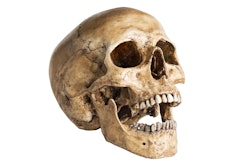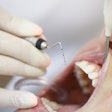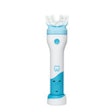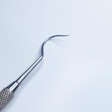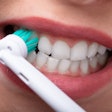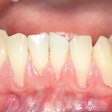Excavations at a cemetery in Sweden revealed that more than half of the Viking population had tooth decay, and these seafaring warriors attempted to treat their dental problems. The study was recently published in PLOS One.
The examination of more than 2,300 teeth from the remains offered a comprehensive look at oral health and habits, including habitual toothpick use and tooth modifications, during the Viking Age, the authors wrote.
“Findings such as dental caries, infections of the jaws, and dental wear provide a unique understanding of life in historical times,” wrote the authors, led by Carolina Bertilsson, an odontology researcher with the University of Gothenburg in Sweden (PLOS One , December 13, 2023, Vol. 18:12, e0295282).
Of the remains of the 300 individuals previously examined by archaeologists at Västergötlands museum, a total of 171 partial and complete dentitions were suitable for dental examination. Clinical examinations were performed under a strong light source using a dental probe. To verify and complete the clinical caries registration, 18 individuals were randomly chosen to undergo bitewings. After examination, each image was exported for further interpretation, the authors wrote.
 Examination of Viking jaw and teeth. Image courtesy of Carolina Bertilsson, CC-BY 4.0.
Examination of Viking jaw and teeth. Image courtesy of Carolina Bertilsson, CC-BY 4.0.
In adults, at least one carious lesion was found in 62% of the population. The total number of examined individuals with permanent dentitions was 133, and the number of examined teeth was 3,293, according to the study.
In several individuals, abrasions most likely made by toothpicks could be seen, suggesting that the Vikings made an effort to clean their teeth. Similarly, other traces of tooth manipulation were found, which most likely were done to relieve pain caused by severe caries, they wrote.
The study had limitations. Due to the uneven distribution between males and females in the study population, it was not possible to draw any conclusions regarding sex differences in caries prevalence and tooth loss, the authors wrote.
“These findings provide an extraordinary glimpse of a long-lost world and a rare and essential understanding of our ancestors, and life and death during the Viking Age,” Bertilsson et al wrote.



